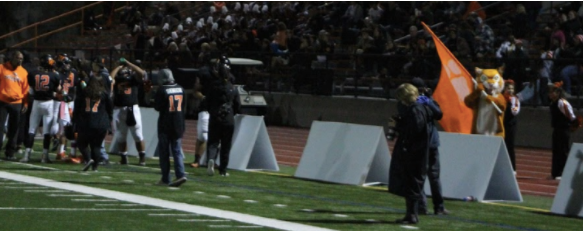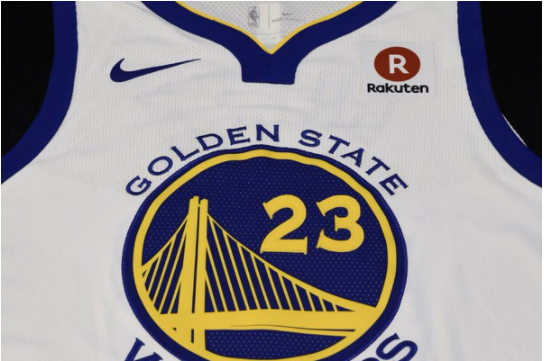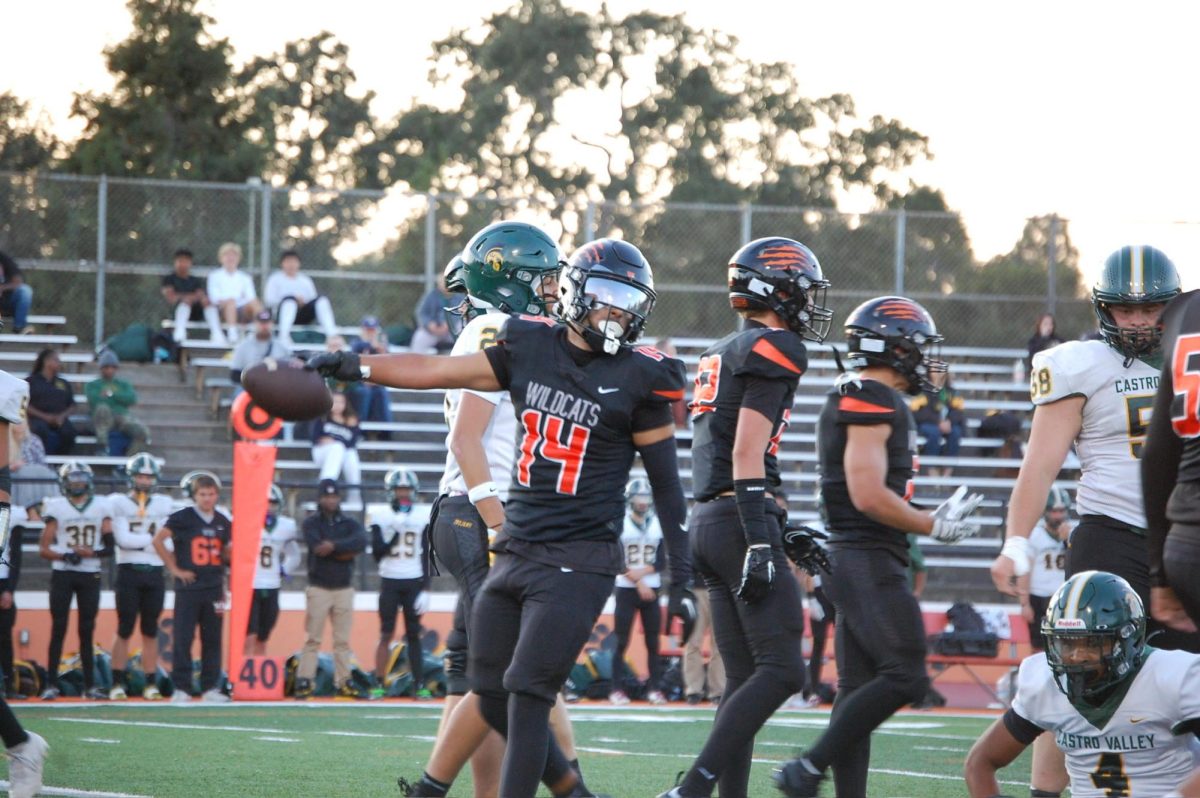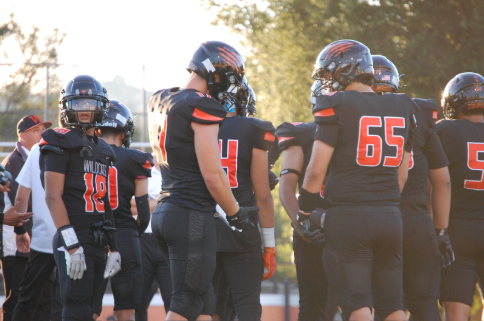
In one of the biggest sports advertising deals in recent memory, the Bay Area’s Golden State Warriors have agreed to a $20 million-per-year deal from Rakuten to have a small logo placed upon their jerseys.
Advertising has become an incredibly lucrative part of sports in the 21st century, and as more teams progress towards company funding, the commercialization of sports is becoming increasingly noticeable. In a recent rule change by the NBA, teams are now permitted to have a company logo on their jerseys, which fans believe has both positive and negative effects for the supporters of the team.
“In general, a lot of the patches on the new uniforms aren’t that bad, but the Warriors’ ones definitely don’t match,” avid Warriors fan, Max Addis commented. “The new logo is a basically just a red circle with a white R in it, which doesn’t match the Warriors’ white, blue, and gold color scheme. But I can see how it would help our team because it brings in more money to sign better players.”
NBA fans tend to agree that basketball does not need any more advertisements because it draws attention away from the action.
“Company involvement takes away from the game and it is just distracting fans from being able to watch the game without commercials,” Addis added. “If they should have any advertisements, they should just stay around the arena, not on the actual players’ jerseys.”
The model of using advertisements around a sports arena or field is also used by Woodside High School in order to make a profit for their sports teams.
“The primary means by which we advertise are the billboards seen at football and basketball games and the call-outs during the game,” athletic director, Chuck Velschow stated.
Most Woodside athletes tend to feel that there are more advertisements at football games than any other sport.
“I don’t notice advertisements when I’m playing basketball, but I see them more at football games,” star basketball player, Gabe Devitis added.
While NBA teams are paid millions of dollars to advertise on their jerseys, the brand placement on public high school jerseys has the opposite effect.
“Generally at the high school level, you can’t put a brand on your apparel because it only drives the cost up,” Velschow said. “For example, the football team got new uniforms this year, and Coach Andrews initially looked at Nike or Under Armour jerseys and it was going to be an excess of almost $22,000. But then we tested the less-expensive Riddell uniforms (which have no logo) and found that they were about $5,000 less than the branded ones for the same quality.”
Because of their price, coaches and players agree that it fiscally doesn’t make sense for a public school to put logos on their uniforms.
“It’s nice to have logos on jerseys, but I don’t really think we need them as long as we play well,” Devitis added.
The money that is raked in from the advertisements at school events is put directly back into the athletic department.
“Most of the money either goes directly to the teams or to the boosters who put it into their general fund to purchase products like the basketball-shooting machine, Ipod for football filming, weight room renovations, and reusable uniforms,” Velschow added.
While some see a possibility for commercialization to take the fun out of the game, the Wildcats use advertisements purely as a form of additional revenue to promote improvement for Woodside athletics.
“Advertising at Woodside games is kept pretty much in control; we don’t do television timeouts or giant billboards taking away from the excitement of high school sports,” Velschow said.






